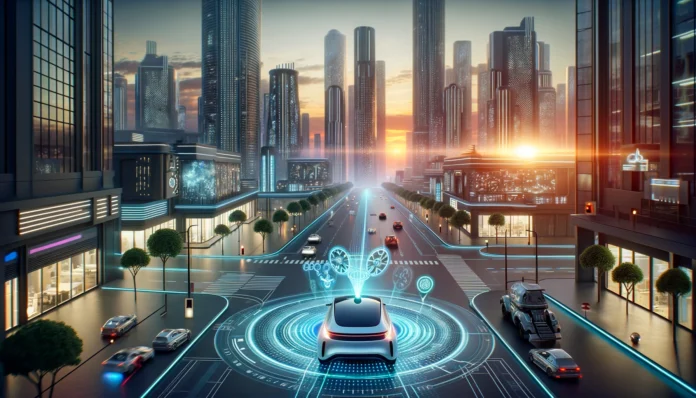The dawn of autonomous vehicles heralds a new era of transportation, promising safer roads, reduced congestion, and increased mobility for all. However, as we embrace this technological revolution, we are confronted with complex ethical dilemmas that challenge our understanding of morality and responsibility. At the heart of this debate lies the role of artificial intelligence (AI) in making split-second decisions that could mean the difference between life and death.
Imagine a scenario: a self-driving car encounters a sudden obstacle on the road. In a fraction of a second, the AI algorithm must decide whether to swerve to avoid the obstacle, potentially endangering pedestrians, or maintain its course, risking a collision that could harm the occupants of the vehicle. This dilemma, known as the “trolley problem,” encapsulates the moral quandary faced by autonomous vehicles.
AI-driven algorithms are programmed to prioritize safety above all else, aiming to minimize harm in any given situation. However, determining the ethical course of action in complex scenarios is not always straightforward. Should the AI prioritize the safety of the occupants of the vehicle, or should it prioritize the safety of pedestrians and other road users? These are the questions that engineers, ethicists, and policymakers grapple with as they navigate the ethical minefield of autonomous vehicle morality.
One approach to addressing these ethical challenges is through the implementation of ethical frameworks and guidelines for AI-driven decision-making. These frameworks aim to codify moral principles into algorithms, ensuring that autonomous vehicles adhere to ethical standards in their actions. For example, the utilitarian approach advocates for maximizing overall welfare, prioritizing actions that minimize harm and maximize benefits for society as a whole. In contrast, the deontological approach emphasizes adherence to moral rules and principles, regardless of the consequences.
In addition to ethical frameworks, researchers are exploring the potential of machine learning algorithms to learn ethical behavior from human decision-making. By analyzing vast datasets of human judgments and preferences, AI algorithms can learn to emulate human moral reasoning and apply it to real-world scenarios. This approach, known as moral machine learning, aims to imbue autonomous vehicles with a sense of moral intuition, enabling them to make ethical decisions in ambiguous situations.
However, ethical concerns surrounding autonomous vehicles extend beyond decision-making algorithms. Issues such as data privacy, cybersecurity, and accountability also come into play. Autonomous vehicles rely on vast amounts of data to navigate their surroundings and make decisions, raising questions about the privacy and security of this data. Moreover, in the event of an accident or malfunction, determining liability and responsibility becomes increasingly complex in the absence of human drivers.
As we navigate the ethical landscape of autonomous vehicle morality, it is essential to engage in interdisciplinary dialogue and collaboration. Engineers, ethicists, policymakers, and stakeholders must work together to develop ethical frameworks, guidelines, and regulations that ensure the safe and responsible deployment of autonomous vehicles. By prioritizing transparency, accountability, and inclusivity, we can ensure that AI-driven technologies uphold the highest ethical standards while advancing the future of transportation.
In conclusion, the integration of AI into autonomous vehicles presents both unprecedented opportunities and ethical challenges. As we strive to harness the potential of this transformative technology, we must grapple with complex moral dilemmas and navigate the ethical implications of AI-driven decision-making. By adopting ethical frameworks, fostering interdisciplinary collaboration, and prioritizing transparency and accountability, we can ensure that autonomous vehicles uphold the highest standards of morality and safety on our roads.





